Witches, as most popularly described by today’s society, have green wrinkled skin and a large pointy nose topped off with a mole. They concoct potions in cauldrons to turn little children into frogs. Witches ride broomsticks across the sky on Halloween night. They are the whimsical villain attached to an Americanized holiday. Before witches held this stereotype, witches had a much more serious connotation.
Witches were not always thought of as fictional characters; they were once singled out for defying domestic lifestyles and commonly-accepted religious practices, causing them to be hunted by the public.
Witch hunts were a popular phenomenon throughout Europe and the American Colonies from 1400-1800 A.D. These societies chased down individuals who allegedly gained magical powers by obeying Satan, according to Ted Ed.
“The definition of a witch has actually changed over time,” history teacher Emma Craig said. “When witch hunts were common in the 15th and 16th centuries, witches were believed to be individuals who made a pact with the devil. This was when the Catholic Church was at the height of its power and religion played a much bigger role in society than it does today. Primarily it was women because women were believed to be the weaker of the two sexes and more likely to give in to the Devil’s temptations. ‘Witches’ supposedly followed orders from the Devil in order to cause hardships for other individuals. Accusations of witchcraft often resulted from natural disasters, sickness and other similar events.”
The first well-known and well-documented accusations of witchcraft occurred in Europe; more specifically, witch trials began in the 15th century with Joan of Arc. Joan of Arc was a young, French peasant who led the French Army to victory against the English. While she would later become canonized in the Catholic Church, Joan of Arc was sentenced to death after being charged with witchcraft after completing a seemingly insurmountable task at a young age.
While witch hunts originated in Europe, most high school students actually recognize the concepts of “witch hunts” from American history; more specifically, they recognize the Salem Witch Trials. The Salem Witch Trials began in Salem, a colony in Massachusetts Bay, in the spring of 1692. The trials began after two young girls fell ill as a result of two local women performing “witchcraft.” Salem fell into hysteria, convicting accused-witch after accused-witch. Nineteen women were hanged in Salem’s Gallows Hill and around 150 additional men, women and children were accused in the month following the initial accusation; however, around September 1692, the public opinion turned against witch trials; guilty verdicts were annulled and indemnities were granted, but remnants of the Salem Witch Trials linger throughout society today.
Despite the disappearance of that form of witch hunt, the definition of the concept has broadened to include a variety of situations. The term has stretched to cover politics, societal issues and moral wrong-doings.
While witch hunts continued in less developed countries around the world, their popularity died down in America after the 17th century. Centuries later, in the 1940s and 1950s, the concept of witch hunts returned in politics. These years brought a rise of suspicion of communist spies in the American government throughout the American populace in an event called the Red Scare. Republican Senator of Wisconsin, Joseph R. McCarthy, was the self-professed leader of this phenomenon; McCarthy spent around five years trying to unmask the suspected communists in the United States Government. He eventually lost his support because of a lack of solid evidence and decency in his many accusations.
The commonalities between McCarthy’s accusations and the Salem Witch Trials caused many people to name McCarthy’s accusations as a witch hunt. This theme is not uncommon among recent politics, which have caused the term to become popular once again.
The term had a surge in popularity during the 2016 presidential campaign. According to BBC News, Republican candidate Donald Trump was accused of conspiring with Russia in order to jeopardize the Democratic candidate Hillary Clinton’s chance at the presidency. Trump immediately denied these allegations, repeatedly stating the claims were apart of a “witch hunt” against him.
The term maintained its popularity when in October 2017, one woman’s tweet began an international movement: #MeToo. This movement led to multiple high-ranking men, including Trump, to be accused of sexual assault. Many of the accused sex-offenders pleaded not guilty, and called their accusers’ lack of evidence into question.
In combining characteristics from witch hunts throughout history, some generalizations can be made. Those accused of a form of witchcraft are often misunderstood by their society.
“Anything that we don’t understand and we fear, we put aside and make different because we don’t understand it as a group,” English Department Chair Dee Andershock said. “[Outsiders] have to become something that you can oppose [so] you can say ‘we have to stop this.’”
Another similarity that can be found among these examples is the desire for a better answer to life’s problems. Oftentimes, witch hunts occur because something is going wrong and people may do the unthinkable in order to find a scapegoat. In the older witch hunts, many of the answers could have been found simply with modern technology and research; some of these triggers include bad weather and the spread of illnesses.
Witch hunts also tend to lack solid evidence. Many of these cases can be viewed as an overreaction to a problem society faces. A strong desire for an answer, as stated before, can lead people to be overdependent on circumstantial evidence in their desperate search for an answer. In the case of the Salem Witch Trials, this mindset led to the execution of 19 individuals and the imprisonment of dozens more.
While “witch hunts” have a generally negative connotation, there are modern communities that identify themselves as witches. A great portion of these modern witches choose not to associate with the darker side of their beliefs, and they do differ somewhat from the commonly-accepted interpretation of the Devil.
“I think the important part is how you look at a topic,” Andershock said. “Based on the words that you use, it shows you how important language is.”
All in all, witch craft can be seen in many different lights based on one’s religious beliefs, pre conceptualized ideas and context.


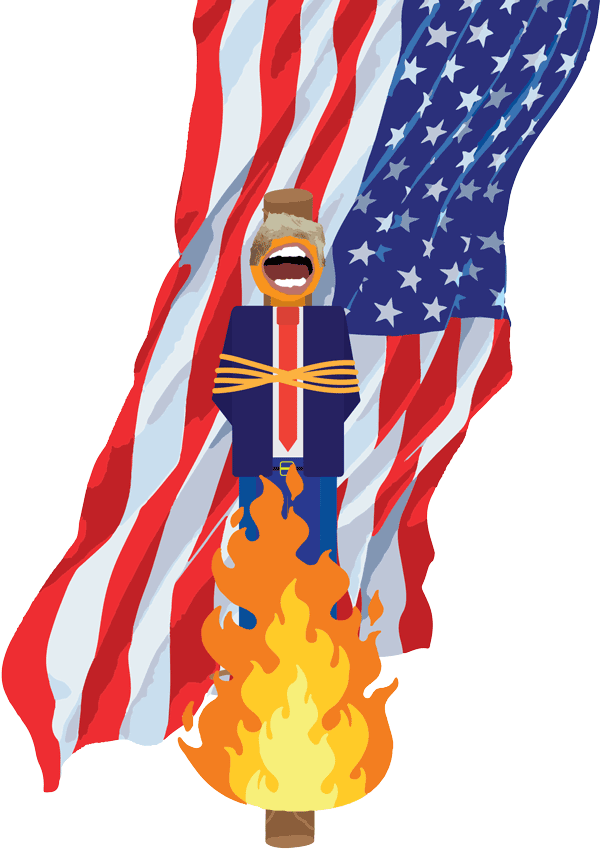


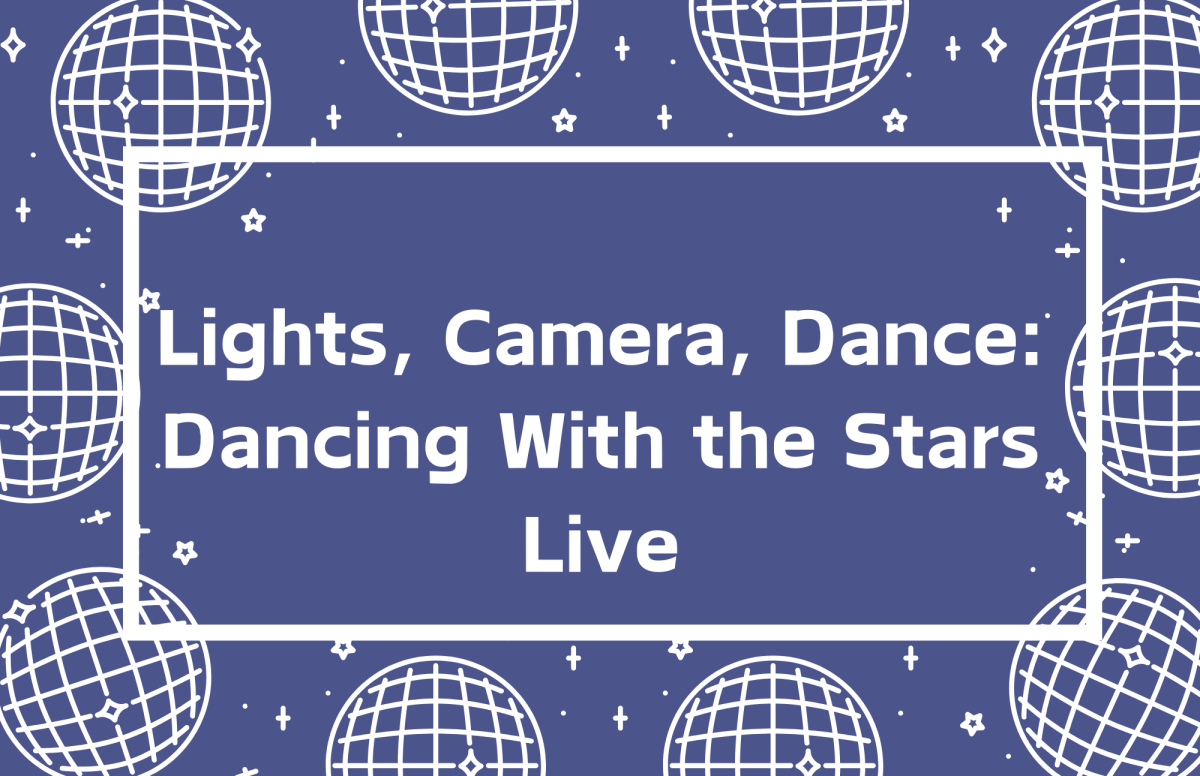





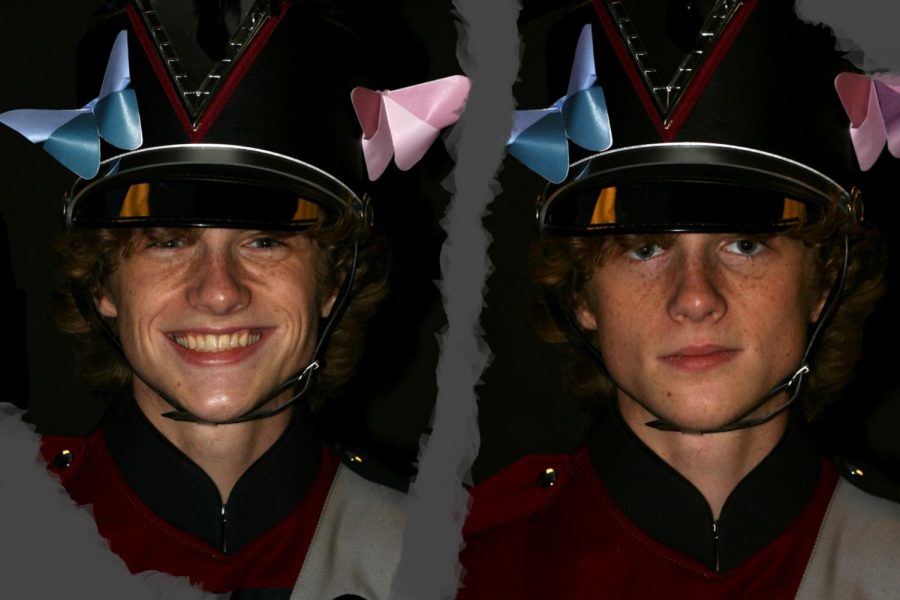
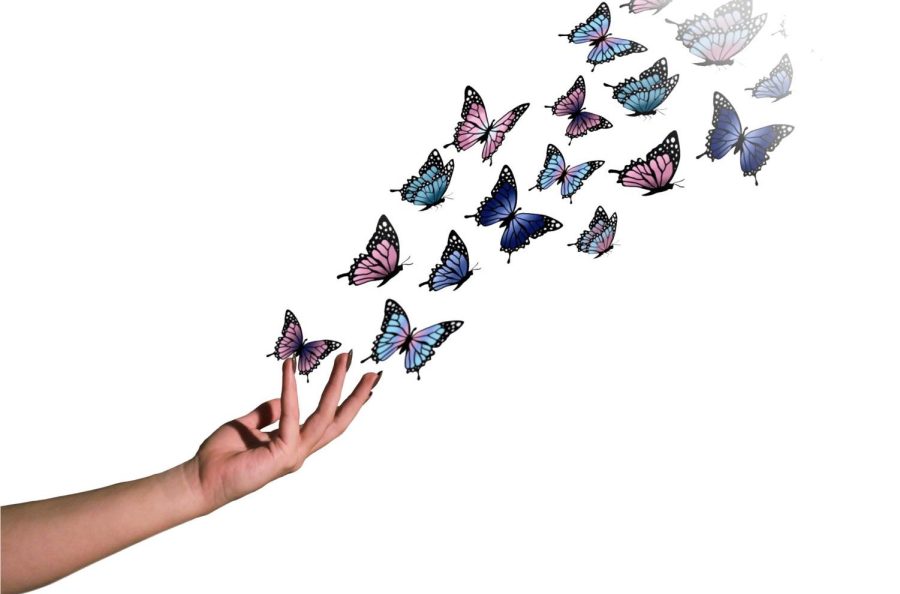
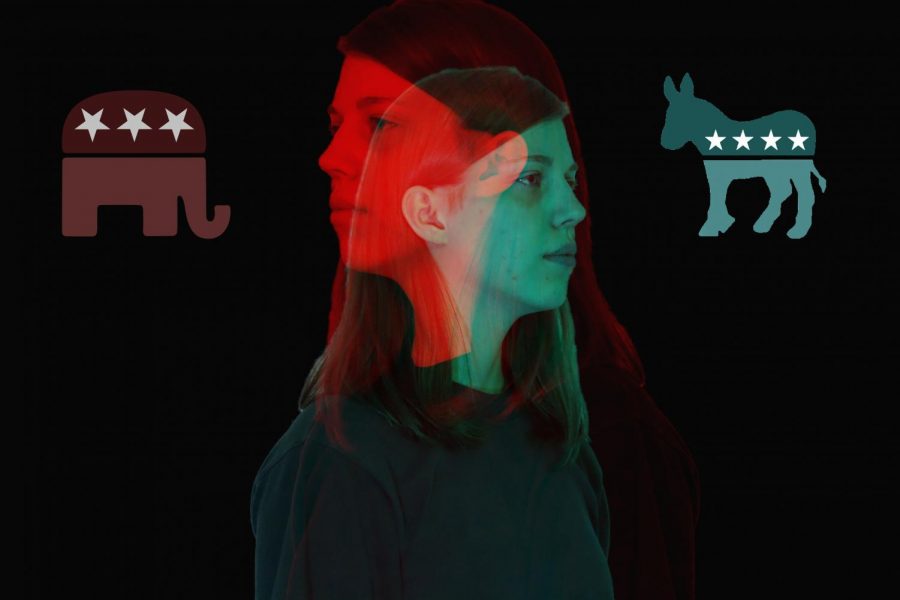
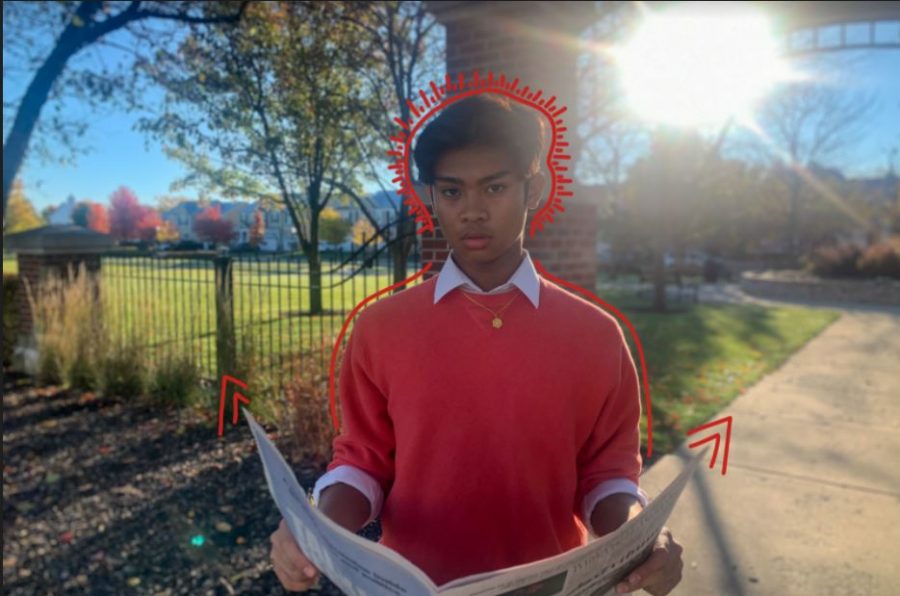

![The Black Lives Matter movement has become a growing trend in recent years. "Everything people post on Instagram and everything [related to] politics is a trend now" sophomore Kelsey Aviles said. Despite how serious of a topic it is, some individuals post about BLM specifically because it is trendy.](https://www.sequoitmedia.com/wp-content/uploads/2020/12/Untitled-Artwork-3-900x318.jpg)